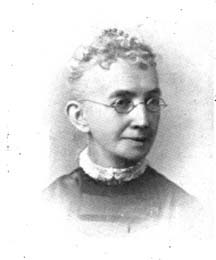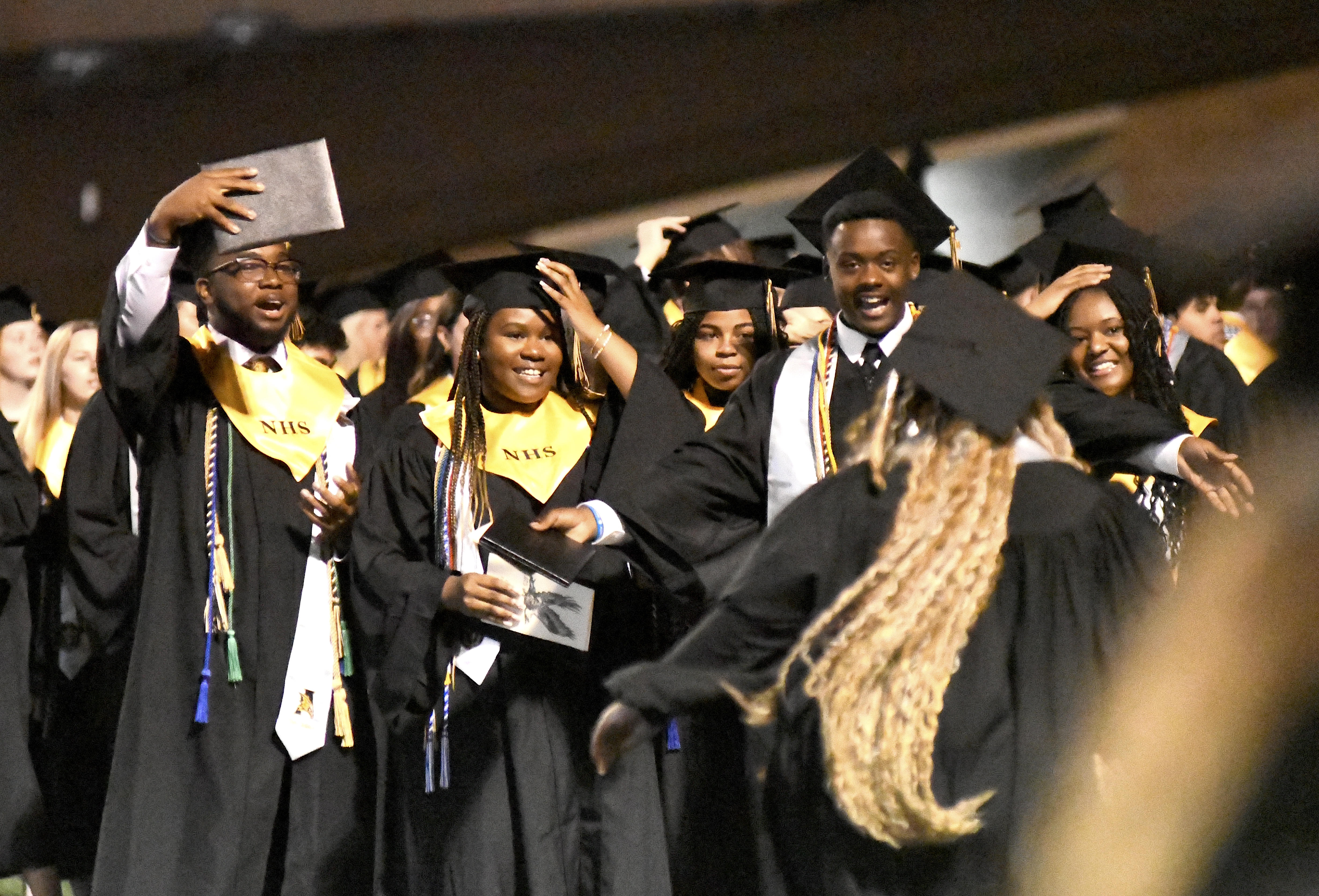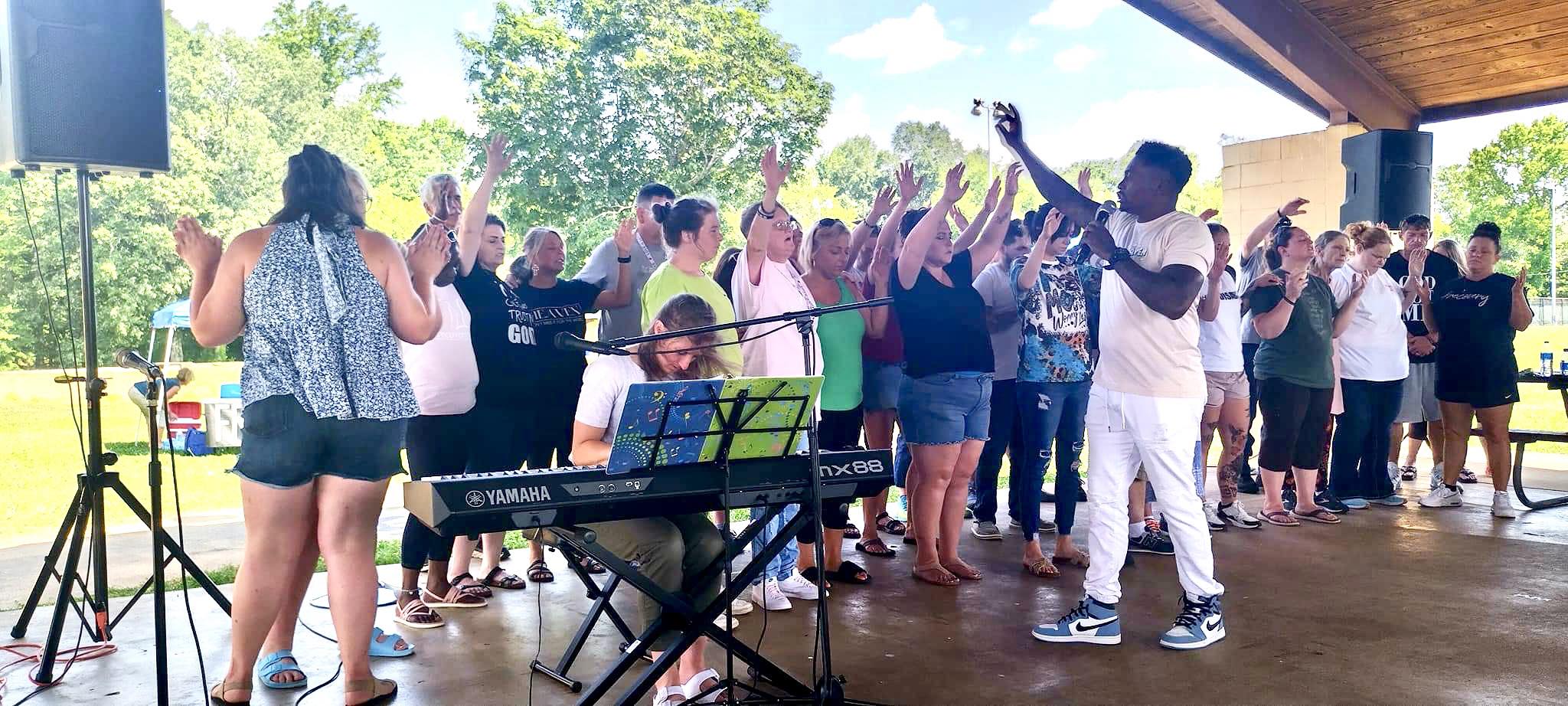Postcard resurrects memories of early Trinity School building
Published 2:00 am Sunday, April 11, 2010

- Trinity founder Mary Wells.
Editor’s note: Charlotte Fulton is researching for a book about the history of Trinity School. Proceeds will go to Athens-Limestone Community Association for the development of the Trinity School and Fort Henderson property as a historical site. If you have photos, documents, or other materials relating to that history and you would like them to be part of the book or the interpretation center, call Charlotte Fulton at (256) 232-5671.
Charlotte Fulton
Special to The News Courier
A postcard printed in the early part of the 20th century and discovered in a local resident’s collection gives a rare look at the short-lived Trinity School building that was constructed around 1908 and burned in 1913. That structure was the fourth home of Trinity School, established in 1865 to educate newly emancipated slaves.
Trinity School was founded by Mary Frances Wells with the assistance of Chaplain Charles Anderson of the 46th Wisconsin Infantry, stationed in Athens near the close of the Civil War to guard the railroad. Wells, Anderson’s wife Annette, and a Wisconsin soldier named Starkweather taught their first lessons in the Baptist church, which had been in use as a barracks for the Union Army. Initially, Trinity was under the joint sponsorship of the Western Freedmen’s Aid Commission and the American Missionary Association. When the WFAC was dissolved in 1869 and its interests transferred to the AMA, the school continued under the auspices of the latter organization.
By February 1867 the school had relocated to its second home, a dilapidated hotel near the railroad depot which before the war, had been home to John M. and Mary A. Richardson. The property was rented for Trinity by the Freedmen’s Bureau until 1869, when the AMA bought it for $2,000. The building was in such disrepair that the AMA deemed it unsafe and, not having the funds to restore or replace it, decided in 1879 to close Trinity and transfer its teachers elsewhere. When that decision became known, Trinity students and their families held a mass meeting during which they pledged more than $2,000 and the labor of their hands for the building of a new school if the AMA would but agree to keep Trinity alive.
In May 1880 the Trinity School Society and the AMA contracted jointly to build a new school on the same property where the old school building stood. The cornerstone was laid in late November1881, and by the spring of 1882 the new building was complete. Much of its labor had been accomplished by freedmen, who hauled water, formed 200,000 brick, cut wood for the kiln, and raised funds to have the wood hauled to the worksite.
That building, one of the finest edifices in Limestone County at the time, stood until March 1907, when a fire broke out in bedrooms on the top level, destroying that floor and so heavily damaging the main floor as to render it useless.
AMA secretary Dr. Harlan Paul Douglass came to Athens to look at potential sites for rebuilding. The May 29, 1907, issue of the Alabama Courier reported that Dr. J.R. Hoffman had sold four acres “of the old fort field,” former site of a Union fort, for the purpose of building Trinity College. Brick from the burned school was cleaned and hauled to the new site, where the school rose again within the breastworks of Fort Henderson. In 1909, Douglass wrote in Christian Reconstruction in the South that within a year of Trinity’s completion, “more than thirty negro homes were built around the school, many of them being neat and comfortable cottages.”
Louise Allyn came to Trinity as principal in October 1909, replacing Ida Hubbard, who had been principal when the school burned, and who had since been transferred to Talladega. Since the fire, Trinity teachers had been scattered throughout the community, living wherever they could find lodging, but when school opened in 1910, Allyn and her staff would take possession of a newly constructed teachers’ home on the school property.
Trinity students continued to take an active interest in their school. In 1911, children in the lower grades raised $20 to get city water piped in. Students dug trenches and laid pipes, marking the date on the cement basin. That same year, schoolboys worked after classes to clear and level the grounds, preparing spaces to plant trees and establish gardens. The following year, the grammar grades earned money to buy a school bell that was hung at a corner of the embankment, to be rung at 8, 8:30 and 9 a.m., warning students for miles around (many of whom had no clocks at home) not to be late for classes.
When school opened in 1913, it was to the largest high school department in Trinity’s history. Students took their places inside attractive classrooms equipped with reading charts, portable blackboards, music charts and other teaching supplies sent by northern benefactors; they assembled for Bible study in the chapel, furnished with chairs paid for by student fundraisers; they chose books from a bookcase purchased with prize money from their winning entry in the previous year’s Negro Fair. The walls were kalsomined in pleasing tints, the work made possible by sales of clothing sent from northern churches and missionary associations.
Twice, Limestone County’s black community had come near to losing the school — once to closure, and once to fire — that had become its very heart and soul. Both times, the people had pulled together to ensure Trinity’s survival. Now, that threat seemed past. Christmas was just ahead, and students were focused on finishing their handmade Christmas presents, practicing for holiday music programs, and bringing evergreens from home to decorate the school.
And then on December 18, 1913, Mary Emma Perkins, who had joined the Trinity faculty in 1892, a year before Wells’s death, looked out from her window at the teachers’ cottage and saw the school in flames from a fire that had broken out in the cellar. “Alarms brought crowds of people, white and colored, to our rescue and three lines of hose were in use in an incredibly short time but it was already too late,” Allyn wrote in a December newsletter to northern missionary organizations that supported Trinity. “Our beautiful Trinity is a heap of ashes.”
People thronged the fort, wrote Allyn, some of them “watching sadly, almost silently, and “some few of them running wildly about wailing, wringing their hands, and praying aloud.” To some, it must have seemed the end of all hope, but it was not so.
The next morning, classes resumed in a nearby church, with 120 children and five teachers in one room. Within days, classes were being held on the lawn, in the teachers’ home, and in neighboring homes. Students took exams sitting on crates, nail kegs and broken benches, and with sewing machines, piano stools and the oven door for desks. That year’s Christmas celebration was held on campus beside the ruins. An offering was laid upon the old walls for a rebuilding fund. As they had done before, the people of Trinity arose and went about the business of rebuilding.
By June 1914, the cornerstone had been laid for a new school. Trinity would live on.





